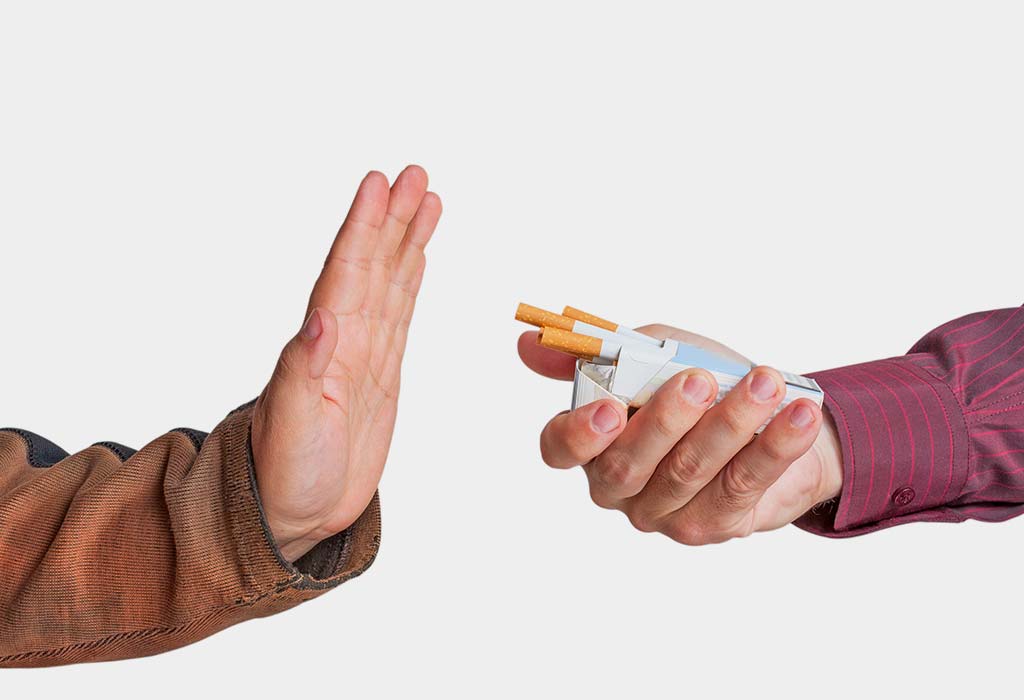The eyes are referred to as the windows to a person’s soul for good reasons. We use our eyes to see the world around us, to navigate from one place to another, to work, and to enjoy life. The eyes are one of the most important organs of the body, yet it is also the most neglected. Among other body parts, it is our eyes that often develop problems early. And while some problems can be easily treated, others require surgery and more complicated treatments.
Fixing retinal holes is an example. If you are interested in knowing the cost of retinal hole laser treatment and are looking for an eye specialist in Singapore, try the Asia Retina Eye Surgery Centre. Asia Retina is known for innovative eye care solutions, so you can rest assured that you will get top quality service for your needs.
To understand how effective retinal hole laser treatment in Singapore is, we need to look at the crucial aspects of the disease and its treatment, such as:
- What exactly are holes and tears in the retina, and how do they develop?
- What are the symptoms of retinal holes?
- Am I at risk for retinal holes?
- If I have retinal holes, what are the available treatment options?
Retinal holes and tears – Explained
Simply put, the tiny cracks in the retina define retinal holes and tears. Having these cracks or breaks in your retina does not mean that you will lose your vision right away! It means that your retina is compromised, and you may need to see an eye doctor check for problems.
If you are wondering, the retina, which is located at the back portion of the eye, is a thin, light-sensitive tissue. As we age, the tissues of the retina can get thinner and weaker, thus allowing holes and tears to develop. Another cause of damage to the retina is vitreous traction. This happens when the vitreous, or the gel-like material that fills in the eyeball, shrinks due to ageing and pulls at the retina, causing it to tear or form what is called a macular hole. An injury or trauma to the eye as well as diabetes complications may also cause macular holes and retinal tears to develop.
Symptoms of retinal holes
It is possible for a person with retinal holes and tears not to experience any symptoms at all. But in the early stages, if you suddenly notice small specks floating in your line of vision, or you experience seeing “spots” in your eyes, a hole or tear might be present.
Some patients have also reported other symptoms like blurry, distorted, or cloudy visions, and the constant appearance of either a dark “shadow” in the peripheral or a dark spot in the central vision. These symptoms can affect your ability to read and perform day-to-day tasks.
To determine your condition (or extent of damage), you will need to set an appointment with an eye specialist, and they will use specialised instruments to examine the inner section of your eye.
Risk factors
Age remains to be the main risk factor for the development of retinal holes and tears. It often appears when a person reaches the age of 60 and there are more women who experience it than men. The risk factor increases if you have diabetes, myopia (nearsightedness), past trauma or injury that led to surgery (cataract surgery, for example), and/or have a previous case of retinal tear. Genetics is also a risk factor, as the condition has been observed to run in families.
Available treatment options
A retinal hole treatment in Singapore is recommended for two important reasons: one is to prevent the holes and tears from getting bigger and the other is to make sure that the retina will not get detached fully. The common retinal hole treatments in Singapore include:
- Cryopexy (cold-based treatment): Using a cryoprobe, the doctor freezes the tissue that surrounds the hole to attach it to the inside of the eyeball more securely.
- Diathermy (heat-based treatment): The procedure is almost like cryopexy, but instead of freezing the tissue, the heat comes from a piece of electric-current generating equipment that is used to patch up the hole or tear.
- Laser treatment (light-based treatment): Narrow and powerful beams of light are applied to the tissue around the hole or tear to seal it.
Prior to any of these processes, the doctor will apply local anaesthesia to the eye to minimise the patient’s pain and discomfort. Even after the treatment, continuous monitoring is recommended to prevent the possibility of developing new holes and tears in the retina.
(If you are lucky, you will not need treatment as some retinal tears can help on their own, apparently without any help!)
A Final Word (plus some easy eye care tips!)
Early diagnosis is the key to the success of any retinal hole treatment in Singapore. Whether big or small, retinal holes and tears must be evaluated by a medical professional to lessen the risk and possible complications, such as retinal detachment or loss of vision. Most treatments are successful, so you have nothing to be afraid of!
It is best practice to schedule a comprehensive eye exam annually to keep track of your eye health. You can also follow these easy eye care tips to protect your eyes from damage:
- Allow your eyes to rest. You can do this by getting at least 8 hours of sleep daily and taking frequent eye breaks when facing the screen (computer, phone, television).
- Protect your eyes. Do not forget to bring a UV-protective pair of sunglasses when going staying under the sun. Or if you are staying at home, wear blue-light glasses to alleviate digital eye strain.
- Clean your contacts. You will not be able to see but dirt and debris can build up on your contact lenses, so it is a good idea to clean them thoroughly before and after using them. If you cannot be bothered to clean your contacts, you can choose daily-wear ones for convenience.
Should you have any questions about retinal holes and tears, please feel free to drop us a call at +65 6732 0007. We can provide consultations and assessments to determine the best type of eye care that you need!
Asia Retina – Eye specialist (Ophthalmologist) in Singapore, Dr Claudine Pang
#15-10 The Paragon, 290 Orchard Rd, 238859
+65 6732 0007
https://asiaretina.com





